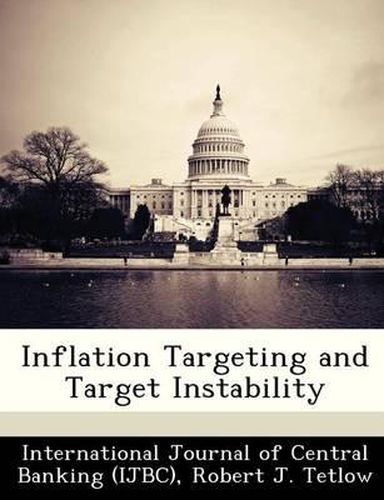Monetary policy is modeled as being governed by a known rule, except for a time-varying target rate of inflation. The variable target can be thought of either as standing in for discretionary deviations from the rule or as the outcome of a policymaking committee that is unable to arrive at a consensus. Stochastic simulations of FRB/US, the Board of Governors’ large rational-expectations model of the U.S. economy, are used to examine the benefits of reducing the variability in the target rate of inflation. We find that putting credible boundaries on target variability introduces an important nonlinearity in expectations. The effect of this is to improve policy performance by focusing agents’ expectations on policy objectives. But improvements are limited; it does not generally pay to reduce target variability to zero. More important, this nonlinearity in expectations allows for policy to be conducted, at the margin, with greater attention to output stabilization than would otherwise be the case. The results provide insights as to why inflation-targeting countries use bands and why the bands they use are narrower than studies suggest they should be. A side benefit of the paper is the demonstration of a numerical technique that approximates to arbitrary precision a nonlinear process with a linear method, thereby greatly speeding and making more robust the computation of simulation results.
Read More





